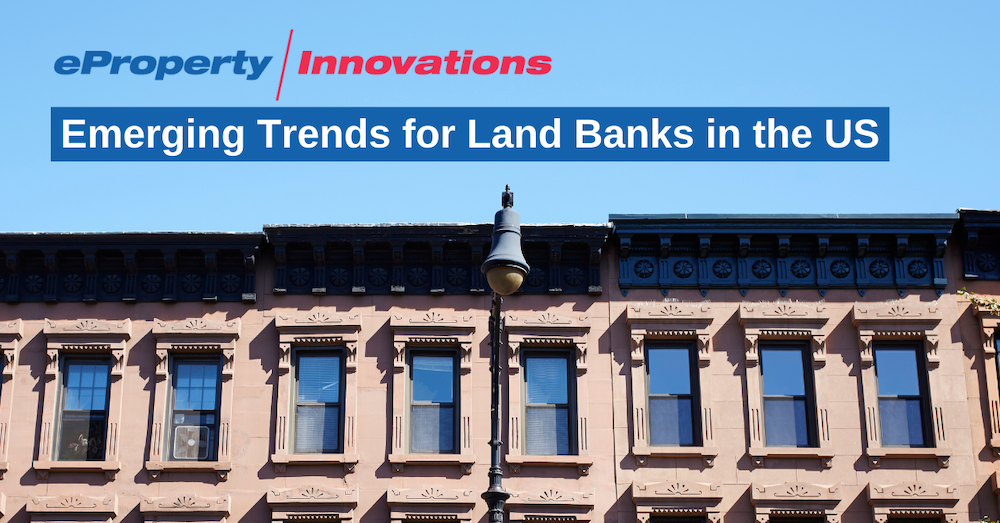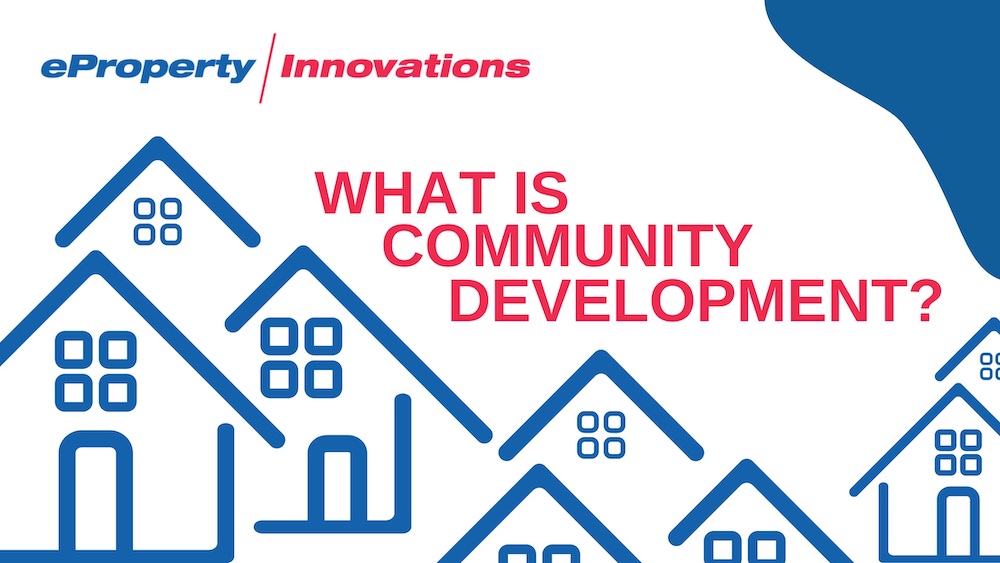Emerging Trends for Land Banks in the US

We work closely with land banks across the US and are often asked how we think land banks and land banking will evolve. Here are our thoughts about where the land banking landscape is headed.
Land banks should continue to expand in the United States as more communities recognize the need for a centralized entity to manage and develop vacant, abandoned, and tax-foreclosed properties. Land banks offer the potential to streamline the process of redeveloping blighted properties, while also ensuring the community has input over how land is reactivated.
Trend #1: Combining Well-Established Strategies with New Strategies
To take advantage of this potential, pairing land banks with other community revitalization strategies will be key. Land banks can combine established strategies, such as creating more affordable housing or doing brownfield remediation, with strategies that are continuing to evolve, such as community land trusts, to successfully reactivate land. Because most projects happen on varying timelines and with multiple dependencies, land banks are realizing they need to adopt a mixed-portfolio strategy and to prepare to manage ever more complex projects.
The primary role of land banks will continue to be assembling land and clearing titles; the actual redevelopment of the land will mostly depend on others.
Trend #2: Collaborating with Other Organizations
Many land banks already have a history of partnering with other public and private organizations to increase the efficiency and effectiveness of their operations, and we think these collaborations will continue. Partnerships can create synergies and leverage resources, enabling land banks to make more impactful investments in communities. Access to capital, labor, and technical know-how are all impediments to – or factors encouraging – collaboration. Many examples of great collaborations come from big cities, where there is abundant capital, strong market demand, and ample technical know-how to complete complex projects. In less populated areas or smaller communities, these key resources are less plentiful. Land banks working in less populous areas will benefit from affirmatively seeking collaborations and creative solutions.
We expect that land bank staff will continue to be asked to do more and to demonstrate a much higher level of community development expertise, in order to meet the complex challenges facing communities. Taking advantage of networks of know-how and having trusted advisors to help prioritize and execute projects can make a big impact on the success of community development initiatives.

Trend #3: Increasing Use of Technology Solutions
Land banks should increasingly utilize technology to streamline the process of acquiring, managing, and disposing of properties. Technology can help land banks manage diverse portfolios of property more effective and in a variety of ways. Technology can also help a land bank streamline the process of redeveloping properties and improve engagement with potential buyers.
We have seen an increase in the number land banks exploring how to better leverage their technology solutions. However, many have less technical knowledge and/or lack the capacity to deploy new technology efficiently, which makes the need for a strong technology partner that understands the day-to-day challenges facing land banks imperative.
Trend #4: Striving for Environmental Sustainability
We cannot discuss the future of land banks without touching on environmental sustainability. Land banks hold land and can and should incentivize redevelopment that promotes sustainability. Land banks are increasingly prioritizing the acquisition and redevelopment of properties for parks and green spaces, community gardens, urban farms, and other forms of green infrastructure that help to reduce air and water pollution, improve storm water management, and provide access to fresh, healthy foods. They can even repurpose land for charging stations or sites for bike share programs. Since land banks often lack the know-how or funding for these types of redevelopment projects, they will have to depend on collaboration with others and pursue federal and state grants tied to sustainability.
Land banks can also work with local governments to create incentives for developers to adopt green building principles and energy efficiency when redeveloping properties. This may drive up short-term cost, but pay dividends downstream for communities and residents. Land banks have started to adopt modular building construction, which tends to produce less resource waste, and we see great potential there. By investing in these types of projects, land banks can help to create healthier, more sustainable communities that are better equipped to meet the challenges of climate change.
Land Banking’s Role in Community Development
Overall, we believe the big-picture trend is moving towards land banking evolving as as a preferred community development strategy, and we are excited to participate in shaping the field in the months ahead.

